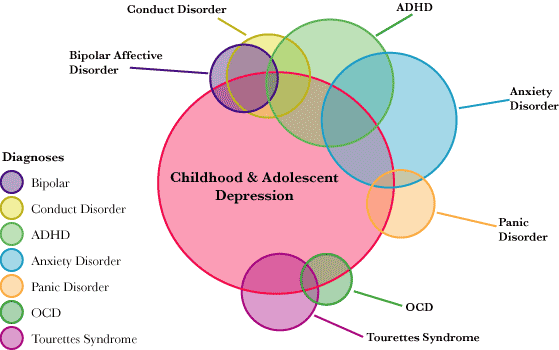
Newswise — the Department of Psychiatry at Case Western Reserve University School of Medicine has received a $7.8 million renewal grant from the National Institute of Mental Health (NIMH) for the long-term study of manic symptoms in children.
The grant from the NIMH, one of the National Institutes of Health (NIH), funds the continuation of a study launched five years ago in which 707 children between the ages of six and 12 years were screened and evaluated for elevated symptoms of mania (ESM), a common indicator of bipolar disease and other childhood psychiatric disorders.
“We want to develop the means by which to more accurately diagnose bipolar disease in children,” says Robert L. Findling, MD, the Rocco L Motto, M.D. Professor of Child & Adolescent Psychiatry at the School of Medicine, and director of the Division of Child and Adolescent Psychiatry at University Hospitals (UH) Case Medical Center. he is the study’s coordinating principal investigator.
From the point of enrollment, children participating in the study’s initial phase have been evaluated every six months for their psychiatric diagnoses, symptoms, use of mental health services and medication, and psychosocial function. the NIMH renewal grant allows researchers to continue these six-month evaluations among participants, who will now be between eight and 17 years of age. This will enable the collection of data during a period when study participants are at greater risk of developing a bipolar spectrum disorder, Dr. Findling says.
Researchers will also incorporate both neurocognitive testing (evaluations that assess how well a person processes new data, as well as their ability to process information and pay attention) and neuroimaging. the aim is to identify possible biomarkers that signal or reflect underlying biological mechanisms that predispose individuals to bipolar disease, a type of mood disorder that affects an estimated 5.7 million Americans who often report symptoms that can be traced back to their childhood.
“We’re particularly excited about adding neuroimaging to this next phase of the study to examine brain functioning in these children,” Dr. Findling says. “This research component is very innovative and will lay the groundwork for future studies between the child and adolescent psychiatry and radiology departments through collaborations involving neuroimaging in children.” Neuroimaging involves the use of functional magnetic resonance imaging (MRI), a type of brain scan that maps brains activity. in this area, Dr. Findling is collaborating with neuroradiologist Jeffrey Sunshine, MD, PhD, associate professor and vice chair of the Department of Radiology at the School of Medicine and UH Case Medical Center.
The continued research will further document the trajectories of children with ESM and related psychiatric disorders to better determine the most appropriate points for intervention. Study goals include assessing the nature of manic symptoms over time in relation to changes in mood. Researchers hope to enhance their understanding of the predictive value of manic symptoms, alone and in combination with other symptoms, developing evidence-based criteria for diagnosing the spectrum of bipolar disorders in children; and identifying risk factors associated with poor functional outcomes among youth with manic symptoms.
The investigators will examine the relationships between mood episodes and clinical outcomes over time. they will also evaluate neurocognitive performance, together with functional abnormalities, to better understand how these relate to ESM and the development of bipolar disorder in childhood through early adulthood.
In addition to the School of Medicine and UH Case Medical Center, children enrolled in the study have been recruited from three other collaborating sites: University of Pittsburgh Medical Center, the Ohio State University Medical Center, and Cincinnati Children’s Hospital.
About Case Western Reserve University School of Medicine Founded in 1843, Case Western Reserve University School of Medicine is the largest medical research institution in Ohio and is among the nation’s top medical schools for research funding from the National Institutes of Health. the School of Medicine is recognized throughout the international medical community for outstanding achievements in teaching. the School’s innovative and pioneering Western Reserve2 curriculum interweaves four themes–research and scholarship, clinical mastery, leadership, and civic professionalism–to prepare students for the practice of evidence-based medicine in the rapidly changing health care environment of the 21st century. nine Nobel Laureates have been affiliated with the school of medicine.
Annually, the School of Medicine trains more than 800 MD and MD/PhD students and ranks in the top 20 among U.S. research-oriented medical schools as designated by U.S. News & World Report “Guide to Graduate Education.”
The School of Medicine’s primary affiliate is University Hospitals Case Medical Center and is additionally affiliated with MetroHealth Medical Center, the Louis Stokes Cleveland Department of Veterans Affairs Medical Center, and the Cleveland Clinic, with which it established the Cleveland Clinic Lerner College of Medicine of Case Western Reserve University in 2002. casemed.case.edu.
Comment/Share